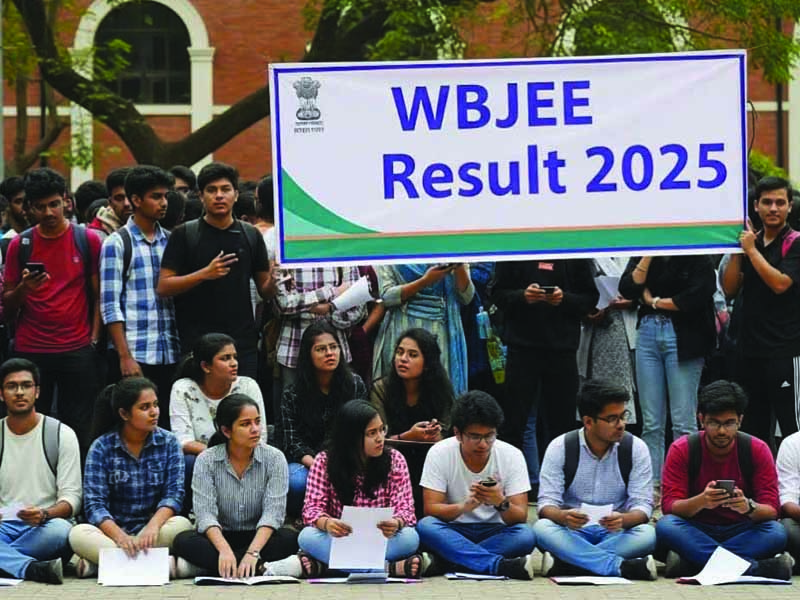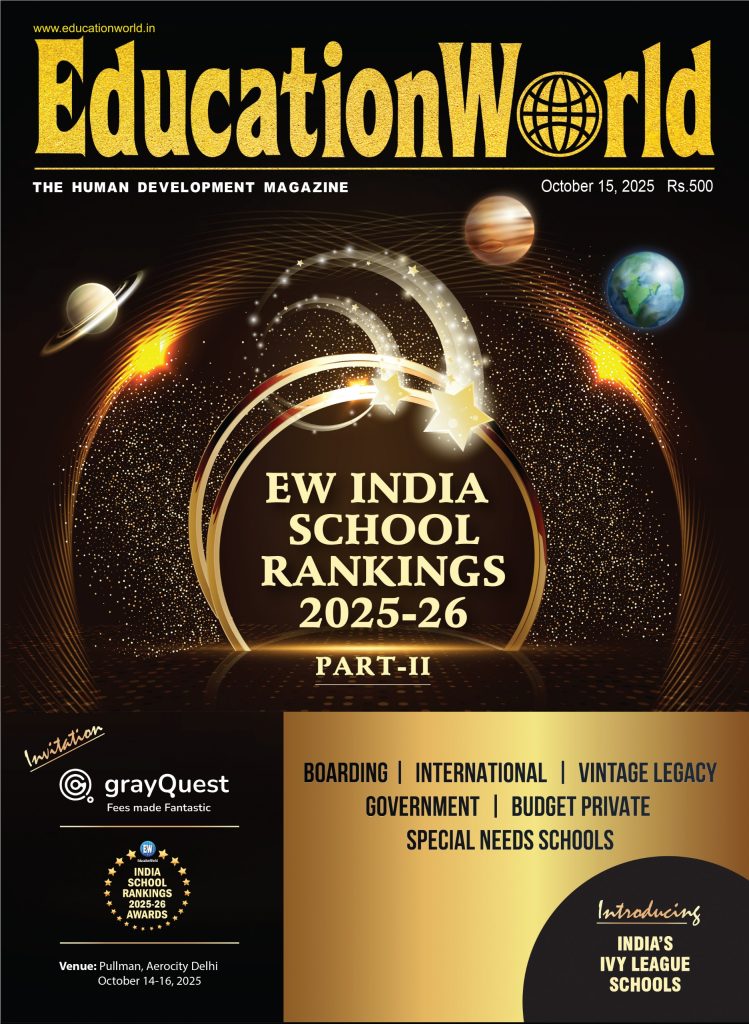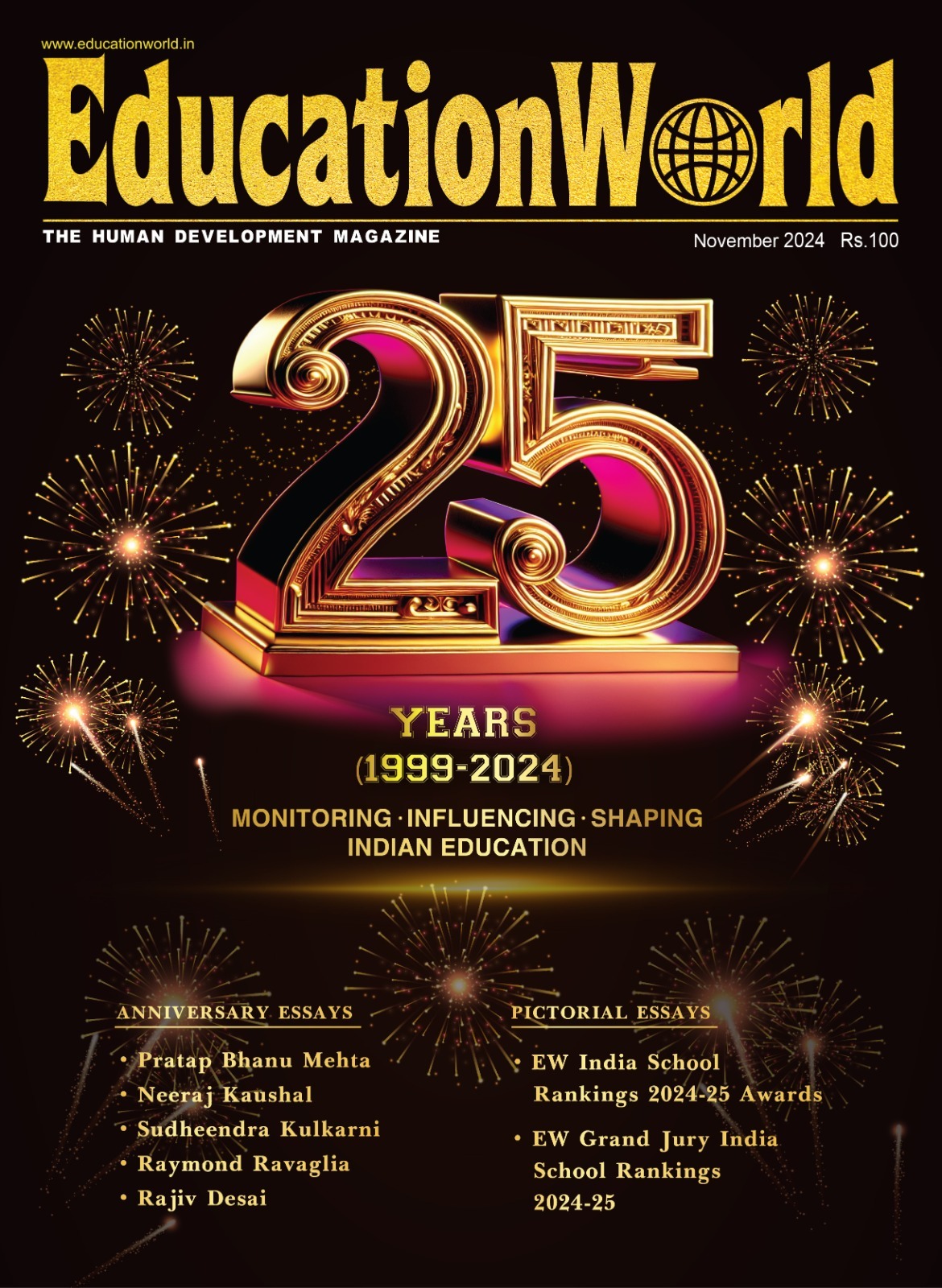West Bengal: Accelerating decline
– Baishali Mukherjee (Kolkata)
After a 117-day delay, results of the West Bengal Joint Entrance Examination (WBJEE) for admission into the state’s 96 engineering colleges, were finally declared on August 22.
This prolonged delay in publishing the WBJEE results is the outcome of the state’s Trinamool Congress (TMC) government led by fiery chief minister Mamata Banerjee (now in her third term in office), increasing the reserved quota for mainly Muslim OBCs (other backward castes) in state government higher education institutions (HEIs) way back in 2012. For the same reason the state’s online portal displaying the names of school-leavers admitted into the state’s 460 arts, science and commerce (ASC) colleges was also delayed, opening on August 22.
According to monitors of West Bengal’s higher education system which is rapidly losing its once shining allure, truncation of the next academic year is a minor problem which can be made good by extra time tuition. A greater cause for concern is that such delays are prompting the state’s brightest and best school-leavers to write entrance exams and complete admission processes of colleges in neighbouring and other states. Such routine delays are accelerating a brain drain from West Bengal. “A substantial number of WBJEE toppers had already settled in colleges in other states before results were declared. Because of petty politics, West Bengal’s higher education institutions are being hollowed out,” rues the dean of a capital-intensive Kolkata-based engineering college.
The back story on this issue is that after Banerjee decreed the additional OBC quota in 2012, the Kolkata high court invalidated it in 2014 on the ground that the selected communities had been granted OBC status on the basis of religion which is not permitted under the Constitution and case law. On appeal, in August 2020, the Supreme Court granted the state government an opportunity to justify inclusion of 77 communities in the OBC category, reiterating that reservation on the basis of religion is prohibited by Article 15 of the Constitution.
In March 2025, the TMC government assured the apex court that it would complete a fresh assessment of the 77 communities within three months. After submission of the list, on July 28 the Supreme Court stayed the Calcutta high court decision to freeze West Bengal government’s 2012 list of OBCs, allowing the government to submit a revised list. Chief Justice of India B.R. Gavai expressed surprise at the high court’s reasoning, observing that grant of reservation quotas is an executive function, established since the 1992 Indra Sawhney Case judgement. “Prima facie the order is totally erroneous,” said CJI Gavai requesting the Chief Justice of the Calcutta high court to constitute a special bench to re-hear the case.

Meanwhile academics in Kolkata are alarmed that misgovernance issues are prompting rising student vacancies in Kolkata’s undergrad colleges. After three days of admission process through the state common admission portal (CAP) ended on August 25, 70 percent of 7 lakh seats in Bengal’s engineering colleges were vacant. Data from the first merit list published indicates that of 309,667 eligible candidates, only 230,000 confirmed their admission. Academics fear that the final enrolment figures will be below averages of previous years. Colleges affiliated with Calcutta University are also experiencing record-low admissions. At AJC Bose College, of 3,000 seats, only 840 have been filled.
According to informed academics, the state’s higher education is confronted with a full-blown crisis. In 2023, 40 percent of engineering seats and 53 percent of ASC undergraduate seats in West Bengal were vacant. In 2024, the vacant capacity was 60 percent for engineering colleges and almost 5 lakh in ASC colleges. In 2025, the situation “has become catastrophic” with 700,000 ASC college seats vacant even as WBJEE counselling drags on after an unprecedented 117-day delay in results and admissions.
“What is unfolding in West Bengal is nothing short of an educational bloodbath. When year after year seats go vacant, higher education institutions weaken, departments shrink, faculty morale collapses, and campuses become hollow shells. This systematic erosion will not just cripple Bengal’s academic ecosystem but also deal a devastating blow to its economic future,” says Biswanath Chakraborty, professor of political science, Rabindra Bharati University, Kolkata.
A deadly mixture of administrative inefficiency, populist government interference and culture of inertia in HEIs is driving Bengal’s once admired education system into irreparable decline. As a result the state’s brightest and best students are migrating to HEIs in other states and abroad, leaving behind hollowed out schools, colleges and universities recklessly issuing devalued certificates.
Also Read: West Bengal: Dimming star
















Add comment